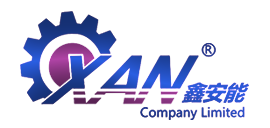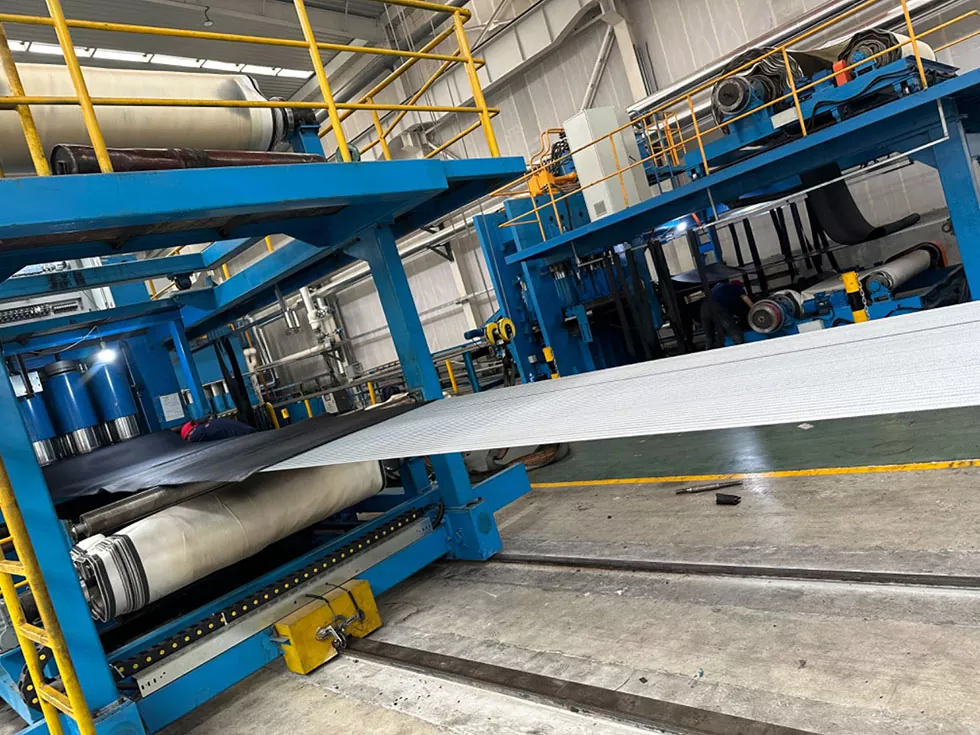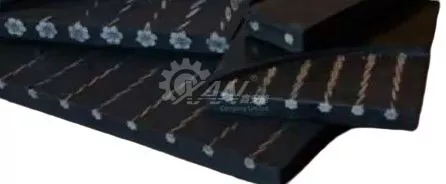
The Steel Cord Conveyor Belt is a rubber conveyor belt with steel wire as the skeleton. It is suitable for coal mines, mines, ports, electric power, metallurgy, building materials and other industries. It performs particularly well in material transportation under tear-proof conditions. This conveyor belt can be used to transport materials over long distances, large spans, large volumes and high speeds.

1. Number of wire rope layers: The number of wire rope layers in a wire rope conveyor belt is usually determined based on the requirements and strength level of material transportation. Common wire rope layers include 6 layers, 7 layers, 8 layers, etc.
2. Wear resistance: The wear resistance of the wire rope conveyor belt refers to its wear resistance during material transportation. It is usually evaluated by the friction coefficient. Common friction coefficients are 0.25, 0.35, 0.45, etc.
3. Stretch resistance: The stretch resistance of a Steel Cord Conveyor Belt refers to its tensile performance during material transportation, and is usually evaluated by tensile strength and elongation. Common tensile strengths include ≥15MPa, ≥18MPa, ≥20MPa, etc. Common elongations include ≥450%, ≥500%, ≥550%, etc.
4. Heat resistance: The heat resistance of the Steel Cord Conveyor Belt refers to its performance in high temperature environments. It is usually evaluated by the heat resistance temperature. Common heat resistance temperatures are 80°C, 100°C, 120°C, etc.
5. Cold resistance: The cold resistance of Steel Cord Conveyor Belt refers to its performance in low temperature environments. It is usually evaluated by cold resistance temperature. Common cold resistance temperatures include -40°C, -30°C, -20°C, etc.
|
Item |
st |
st |
st |
st |
st |
st |
st |
st |
st |
st |
st |
st |
st |
|
630 |
800 |
1000 |
1250 |
1600 |
2000 |
2500 |
3150 |
3500 |
4000 |
4500 |
5000 |
5400 |
|
|
Longitudinal Tensile Strength N/MM |
630 |
800 |
1000 |
1250 |
1600 |
2000 |
2500 |
3150 |
3500 |
4000 |
4500 |
5000 |
5400 |
|
Maximum nominal Diameter of Steel Wire Rope mm |
3 |
3.5 |
4 |
4.5 |
5 |
6 |
7.2 |
8.1 |
8.6 |
8.9 |
9.7 |
10.9 |
11.3 |
|
Wire Rope Spacing mm |
1.5 |
1.5 |
1.5 |
1.5 |
1.5 |
1.5 |
1.5 |
1.5 |
1.5 |
1.5 |
1.5 |
1.5 |
1.5 |
|
Thickness of Upper Covering Layer mm |
5 |
5 |
6 |
6 |
6 |
8 |
8 |
8 |
8 |
8 |
8 |
8.5 |
9 |
|
Thickness of Under Covering Layer mm |
5 |
5 |
6 |
6 |
6 |
6 |
6 |
8 |
8 |
8 |
8 |
8.5 |
9 |
1. High tensile strength: Due to the use of steel wire as the skeleton, the Steel Cord Conveyor Belt has excellent tensile strength and can withstand large tension and pressure.
2. Good impact resistance: Steel Cord Conveyor Belt have excellent impact resistance and heavy load capabilities, and are suitable for conveying abrasive or large materials without damage.
3. Long service life: Steel Cord Conveyor Belt have a strong construction and long service life, reducing maintenance costs and downtime.
4. Low elongation: Steel Cord Conveyor Belt have low elongation properties that maintain their shape and tension, ensuring smooth and reliable operation.
5.High temperature resistance: Steel Cord Conveyor Belt are able to withstand high temperatures and are suitable for applications requiring heat resistance.

It should be noted that the specifications and models of Steel Cord Conveyor Belt may change according to specific use needs and conditions. Parameters such as width specifications, number of wire ropes, and tape reference quality may need to be customized according to actual conditions. Additionally, proper maintenance and regular inspections are critical to ensuring optimal performance and longevity of your Steel Cord Conveyor Belt.
Address
Bingang Road, Fankou Street, Echeng District, Ezhou City, Hubei Province, China
Tel